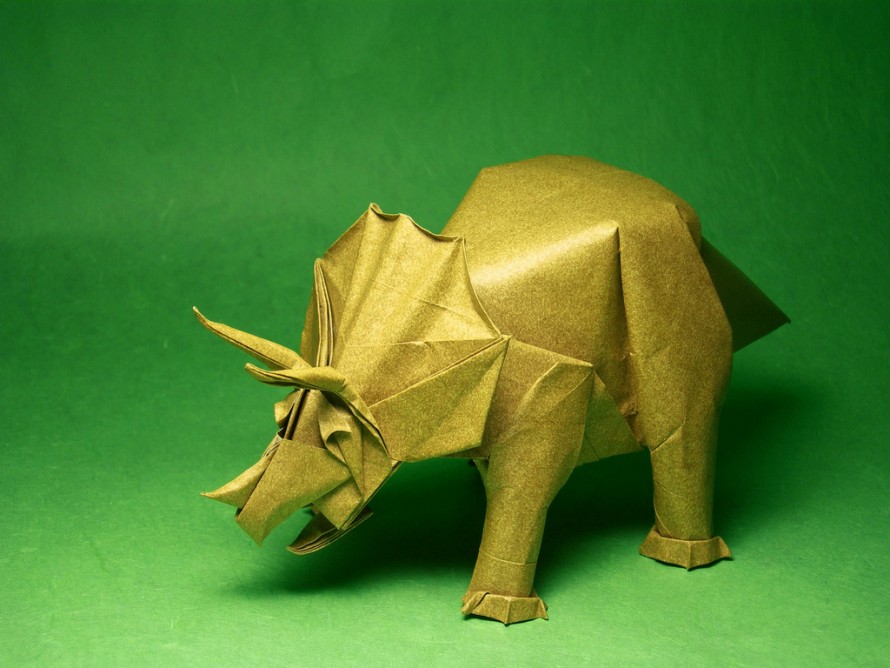If you haven’t done so already, check out my recent interview about my path as a sustainable designer and my spring 2012 class, Packaging Sustainability. In question #1, I was asked, “What spurred you to become a sustainable designer?” In my answer, I shared a snippet from my personal eco-epiphany. Here’s the whole story.
Every Thursday when I’d come by for our standing lunch get-together, Nana would have a new package or product to show me — either something she bought herself, or something one of the other ladies in her senior complex would bring by. At first I though it was just my Nana being inquisitive, taking advantage of my knowledge as a packaging designer, or looking to vent frustration all of us consumers feel when products or packages present more obstacles to use than the end thing delivers. But then I realized, I had become the vehicle through which a whole community of otherwise faceless shoppers were reaching out to get an answer to the question “Why did you do it this way?”
Nana didn’t seem to be bothered when I kept saying, “I don’t work on that account” each week. She’d just reply sweetly, “That’s okay, maybe you’ll run into that designer at a conference.”
One day, while updating a package for a floppy disk-making client (which tells you how long ago this moment was), I reached for the product and the whole bottom portion of the 2-part box slipped out of my hand, scattering diskettes all over my office floor. On all fours, scrabbling frantically under my desk to gather-up the disks before they collected too much dust (that would end-up inside my computer), I could hear Nana’s voice saying “Why did you do it this way?”
Why indeed? If my user experience was less than a happy one with this product, the three million of these I had just unleashed on to the world would be equally as unhappy. Was that good for the brand? Could the cost of this two-part, rotogravure printed box, flooded in silver ink, on solid bleached sulfate, with a full U-card insert, be justified? (Can you say, “Over-packaged?” I knew you could.) In a market that was now all about commodity pricing, what had these design choices done to the health of the company?
In the pantheon of epiphanies, this moment could not be heralded as an earth-shaker, but for me it changed my life. From that point on, I wanted to have a real answer for the things I did — I never again wanted to have to apologize for my work.
As I began to look around for information on how to do things in a better way, I started to look long and hard at my industry. Packaging is a full third of the waste stream. Whole forests are cut down to make packaging that carries a product briefly and then goes right to the landfill or incinerator. We drill for, pollute ecosystems, and expend great energy to manufacture packaging (or products) made from precious resources like oil or metals — then toss them away after one use. And the list goes on, from one substrate to the next.
As I dug deeper I found there was a way to do the things I needed to do, create packaging that the clients actually needed (versus thought they needed), and still provide a sound solution that went past getting product A to point B — Sustainability and Systems Thinking.
“Sustainability? That’s that greeny thing right?” — a comment I hear a TON from the designosaur crowd, but this time coming from an engineer in a meeting I was in. My response every time: “Green? If you mean money, yeah. If you mean green like all squishy, kumbayah — hardly. It’s about creating a solution that will let the customer feel good about their product choices — reinforcing brand loyalty, by keeping the buyer and eliminating the remorse. It’s about making products from recycled materials (or annual crops) that are then actually recycled. It’s about creating solutions that do what they’re supposed to do — serving all stakeholders. It’s about making products that don’t make us sick to produce, own, or dispose of. It’s about restoring — putting back — resources we’ve just been blasting through. And it’s not about making more things, but creating systems and solutions that are long-term and forward-thinking.”
Every time I say these last words, I can envision Nana glaring at the designosaur du jour for being one of the people that made stuff that gave her such trouble. “You want to know what Sustainability really is?” I go on, “Sustainability means never having to say you’re sorry.”
Image courtesy of @EmerAyar. “No Remorse” originally appeared in the November 2008 issue of packagedesignmag.com.

